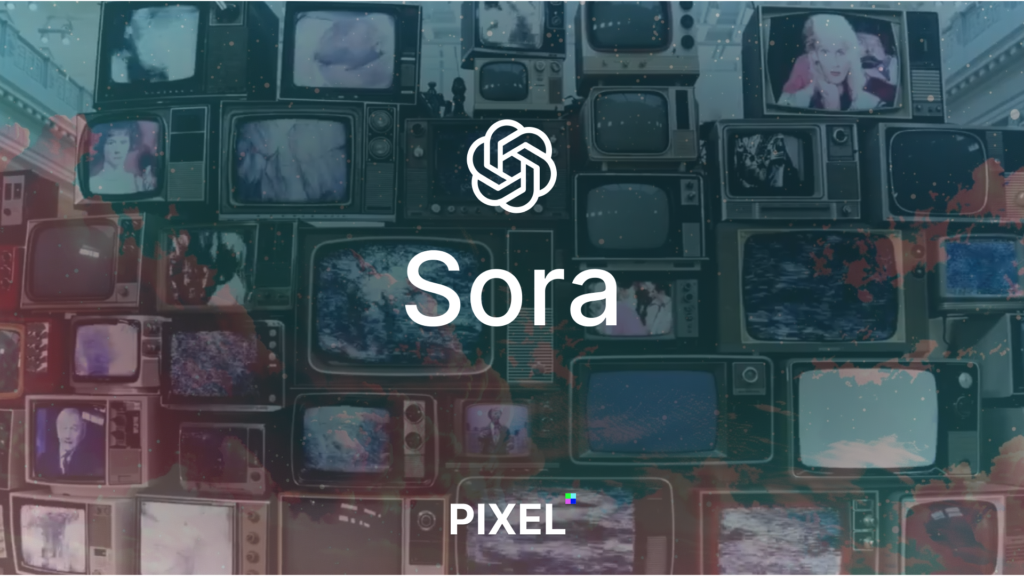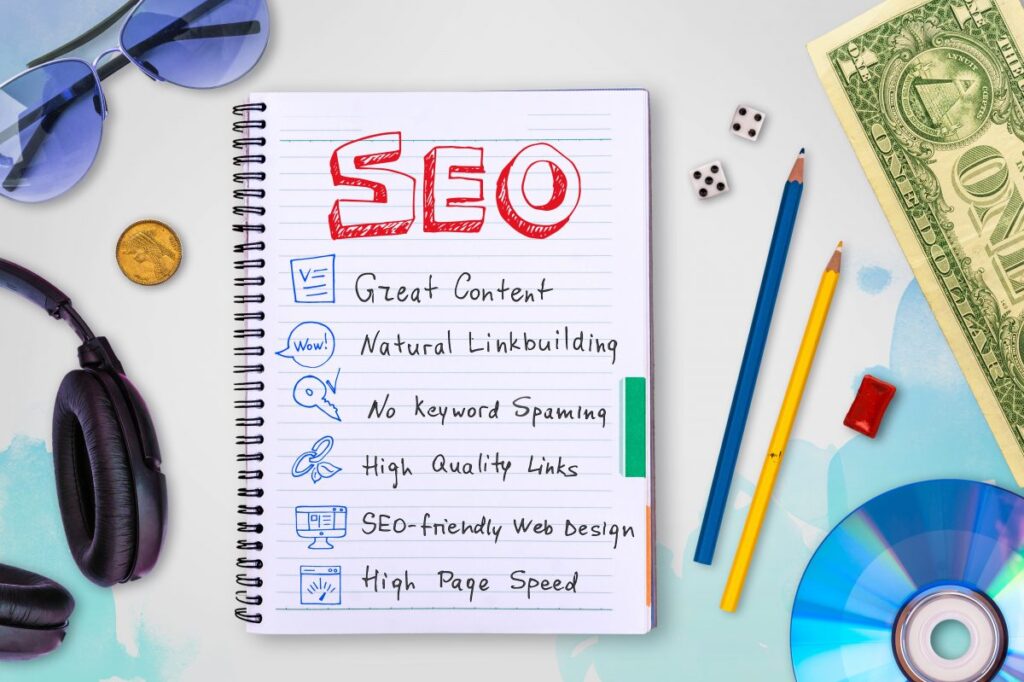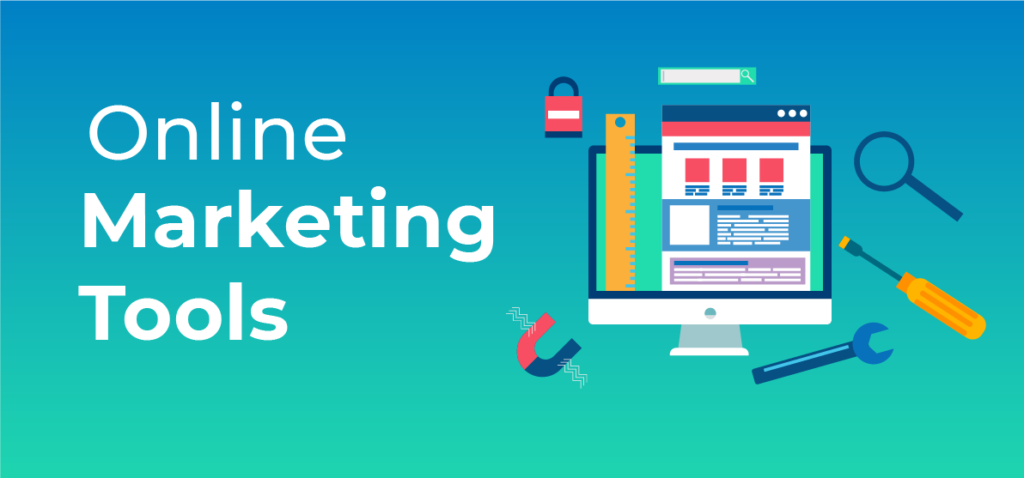Hyperlocal social media marketing: Learning how to hone in and resonate with specific communities is an essential skill for any marketer or business owner.
Enter hyperlocal social media marketing – a strategy that amplifies localized content to captivate specific audiences.
In recent times, AI – particularly generative AI tools like ChatGPT – has vastly accelerated the creation of hyperlocal social media campaigns. You don’t even need to be familiar with the area you’re marketing to.
Let’s delve into how AI supports hyperlocal social media marketing, along with some practical strategies for how to get started.
What is Hyperlocal Social Media Marketing?
In short, hyperlocal marketing focuses on a specific community or geographic area, sometimes as precise as a single neighborhood or street.
Businesses can establish a stronger local brand presence and increase conversions by tailoring content to these micro-communities.
Hyperlocal social media marketing is essential for businesses embedded in a specific local environment, such as cafes, restaurants, independent shops, gyms, etc.
So, how do marketers execute the perfect hyperlocal marketing campaign in the age of AI?
Best AI Newsletter Apps for Marketers in 2023 To Enhance Productivity
AI for Hyperlocal Social Media Marketing
Hyperlocal social media marketing revolves around creating campaigns targeted at local demographics and neighborhoods.
Generative AI tools like ChatGPT are simplifying the process of tapping into local audiences, even for those who don’t possess a local understanding of the area they’re marketing to.
Here are four strategies anyone can get to grips with:
1. Understanding Your Locale Using AI
Before launching a hyperlocal campaign, you need a deep understanding of your local audience. You can gain this by studying social media feeds and researching through AI tools like ChatGPT.
For example, if you’re marketing for a bookshop in Brooklyn’s Dumbo area, you can process localized Twitter feeds, Facebook posts, or even Google search queries to understand what’s resonating with the locals.
Here’s how:
- Facebook Graph enables users to extract social trends and other information from Meta’s platforms, and Hootsuite Insights and Talkwalker enable businesses to monitor conversations and trends.
- You can also scrape data from social media platforms and copy it into ChatGPT or other generative AIs to provide you with trends and insights.
- Use tools like Google Trends to investigate common local searches.
You can also use tools like ChatGPT to extract demographic data, prevalent local interests, and trending topics within a specific geographical radius.
Example Prompt for ChatGPT: “I recently opened a bookshop in Dumbo. Please give tips on how to create social media marketing campaigns for this local area, and some trends I can look into.”
2. Generating Hashtags and Social Media Content
Social media campaigns need captions, hashtags, and images.
Generative AI tools such as ChatGPT, Bard, or Anthropic’s Claude can help you create and design content for your posts and tailor it to the local area.
You can also use image generation AIs like MidJourney and DALL-E to generate images for your posts.
- Ask AI tools like ChatGPT to generate locale-specific hashtags on platforms like Instagram and Twitter. For example, a New York-based coffee shop might use #NYCCoffeeLovers or #BigAppleBrews to tap into local coffee enthusiasts.
- Create local challenges or trends. For instance, #BrooklynBridgeSunsetChallenge, where participants capture and share their best sunset snaps by the Brooklyn Bridge.
- Generative AI can also assist in producing content snippets, blog posts, or even full-length articles that cater to hyperlocal interests.
Example Prompt For ChatGPT: “I have a coffee shop in Soho, London, UK. Please give me some fun social media posts with hashtags and captions for Halloween.”
3. Engage in Local Communities
AI can support you in engaging with local communities and building links and networks.
- Actively participate in local Facebook groups or location-based subreddits. Sharing valuable insights or organizing local events can elevate your brand’s standing within the community.
- Host Instagram Live or Facebook Live sessions showcasing local events, partnerships, or behind-the-scenes glimpses of your business.
- If you’re unfamiliar with the area, you can use AI to research the local area and give you some pointers for what to discuss.
- Ask AI about community events to get involved in for your area
Example Prompt For ChatGPT: “I just set up a thrift store in Atlanta. Are there any cultural or social events I can get involved in for marketing purposes?” (Note, You will need to check results for authenticity and verify they’re up-to-date).
4. Create Geo-Targeted Social Media Ads
Use platforms like Facebook, Instagram, and Twitter to serve ads specifically to users in your desired location.
A boutique in Manhattan might target ads exclusively to users within a 5-mile radius, promoting a weekend sale, for example.
It’s also worth highlighting that tech companies and social media platforms are rolling out new AI-powered tools for advertising, including Google’s AI-powered tools for search ads and Meta’s new generative AI-infused ad platform.
Leverage these tools to create locally-targeted ads complete with the local vernacular, and references gathered through your AI research.
Quick Read: Get Munch AI: What Is It And How Does It Work?
Worked Example of AI in Hyperlocal Marketing: “Run Asheville’s Artistic Alleys” Campaign
Here’s a worked example of how a marketer might execute a hyperlocal social media marketing campaign.
Suppose you’re promoting a new sports shop in downtown Asheville. You aim to integrate into the artsy, community-driven spirit of the town and engage local residents.
Researching the Local Area
First off, start by researching the local area.
While a standard Google search will work well here, you can also ask generative AI tools to point you toward marketing-specific information.
Example Prompt for ChatGPT: “I’m setting up a sports shop in Asheville. I need guidance on the local area’s culture and demographics.”
Executing Campaigns
Once you’re equipped with a fundamental understanding of the area, you can begin crafting social posts and campaigns.
Combining sports and art looks like a fascinating avenue to pursue here. How about a local campaign that fuses the two?
Here’s what it might look like:
- Discovering Local Artistic Routes: Study Twitter feeds and Instagram hashtags and geo-tags to locate posts about Asheville’s iconic art murals and sculptures. Curate and promote a “Top 5 Art-Inspired Running Routes in Asheville” on platforms like Instagram and Twitter.
- Asheville’s Artful Alleys Runs: Announce and promote a monthly run or walk on Facebook and Instagram, guiding participants through Asheville’s most artistically vibrant areas. Use Instagram Stories to give highlights of each district or key artwork.
- Hashtag Creation: Use your research to produce localized hashtags such as #AshevilleArtRuns, #DashThroughDowntown, and #MuralMile.
- Highlight Local Art-Runners: Use Instagram and Facebook to spotlight Asheville residents intertwining art and sport.
And there we have it, a hyperlocal marketing campaign that taps into a specific area’s culture and demographics.
Summary
Hyperlocal social media marketing isn’t just about narrowing down your audience – it’s about creating a personalized experience for them.
AI is the perfect partner in researching, building, and targeting hyperlocal campaigns to your specific area.
By understanding and implementing these strategies, you’ll strengthen your brand’s local presence and build a community around it.







